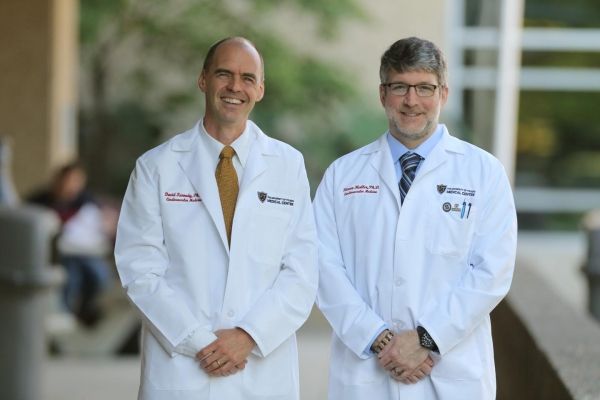Toxins produced during harmful algal blooms may be more harmful to people than previously known.
Researchers at The University of Toledo College of Medicine and Life Sciences sought to examine how microcystin might affect individuals with non-alcoholic fatty liver disease, a widespread condition that is frequently asymptomatic. They found the toxin can significantly amplify the disease at levels below what would harm a healthy liver.
The study, published last month in the journal Toxins, follows earlier research from UToledo that found clear evidence that microcystin exposure worsens the severity of pre-existing colitis. Microcystin is a byproduct of the cyanobacteria found in what is commonly known as blue-green algae.
“The take home message from our research is there are certain groups of people who need to pay extra attention and may be more susceptible to microcystin toxins. We may need to explore special preventative guidelines for those people in terms of how much microcystin they are exposed to through drinking water or other means,” said Dr. David Kennedy, UToledo assistant professor of medicine and one of the study’s lead authors.
Read more at: University of Toledo
Dr. David Kennedy (left) and Dr. Steven Haller recently published research that found microcystin, a toxin produced by blue-green algae, may be more dangerous than previously known for those with preexisting liver disease. Kennedy and Haller are assistant professors of medicine at The University of Toledo. (Photo Credit: Daniel Miller, The University of Toledo)


